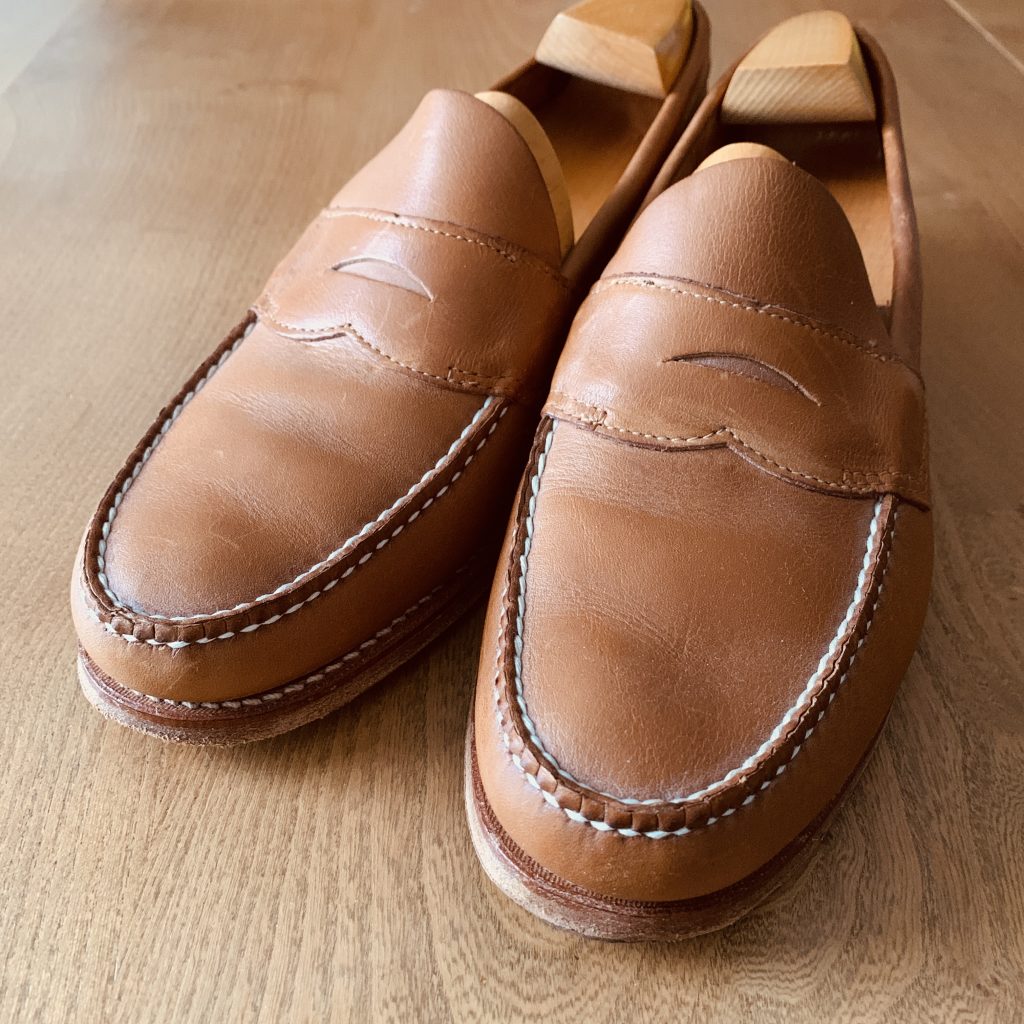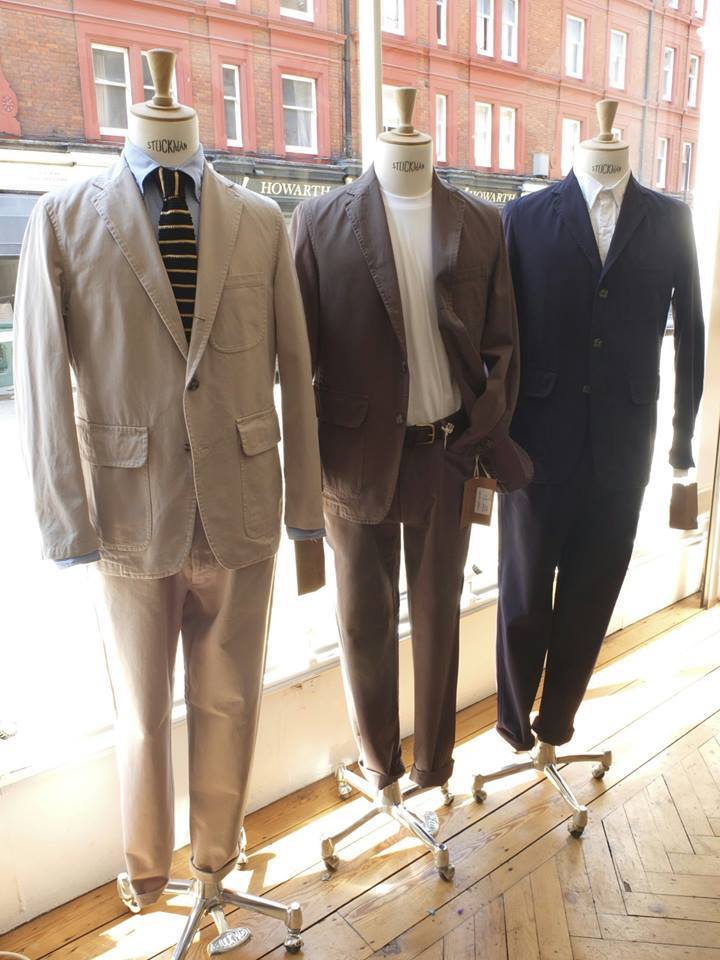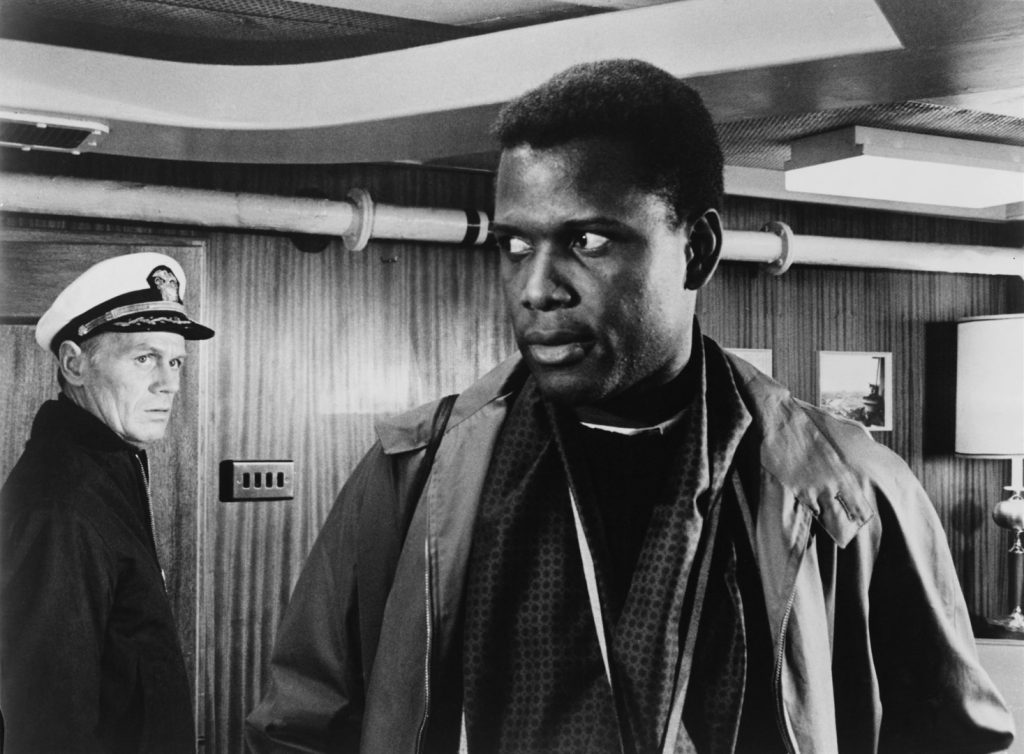Shopping Your Own Closet Really Works! Last week I wrote about 'shopping your own closet'. Well, I thought I'd take my own advice today and start digging around in some of those carefully preserved items way back at the bottom of stacks of shoe boxes in what's supposed to be my office. As everyone … [Read more...] about I Took My Own Advice: 1970s Tan Bass Weejuns
Archives for May 2014
J Keydge – Here to Stay? Could Be After All.
Two years ago, almost to the month, I wrote a piece about how the J Keydge jacket was a triumph of existence in spite of itself. That it seemed - from the outside at least - that it might be a miracle if the company survived into another season. In early 2012, with virtually no web presence … [Read more...] about J Keydge – Here to Stay? Could Be After All.
Bedford Incident Grenfell Jacket
The other day I was re watching the Bedford Incident with Richard Widmark and Sidney Poitier. It's a fine movie in its own right but always fun to watch movies with some clothes spotting potential. Poitier plays a photo journalist in the Life Magazine mould who's airlifted onto Widmark's warship. … [Read more...] about Bedford Incident Grenfell Jacket
The Ivy Is Always Greener Online – Beware of Coveting Thine Own Stuff
Loafer Envy Out East I was out East having coffee with my pal Herb Lester last week and noticed he was wearing what I thought was a pair of vintage double-soled Weejuns - those with the heft and solidity of the loafers worn by William Holden in that much republished image of him in NY. But no, this … [Read more...] about The Ivy Is Always Greener Online – Beware of Coveting Thine Own Stuff
Ivy Humour
Gant Yale Eats Itself.
Every season for the past few years the Gant Yale brand has produced the odd nice shirt in a good fabric and with the lamentable logo on the locker loop at least self coloured or obscure. Today I popped into the Regent St store to see in person what some of the fabrics are like in this season's … [Read more...] about Gant Yale Eats Itself.
The Catalina Varsity Jacket
Catalina Varsity vs Derby of San Francisco (vs a Newcomer) In the past I've written about both the Catalina La Paz and the Derby of San Francisco bomber jackets. This time I'm focusing on the Catalina Varsity, a jacket closer in style and substance to the Derby version, along with a new copy from … [Read more...] about The Catalina Varsity Jacket
I Spy The Ivy Years
I Spy 1965 - 1968 Among the raft of classic US TV series to feature the kind of clothes that we all love, I Spy is up there with the best. In the first series Kelly Robinson and Alexander Scott are wearing some staple boom years ivy with the usual Hollywood modifications. A double vent sack here, a … [Read more...] about I Spy The Ivy Years







